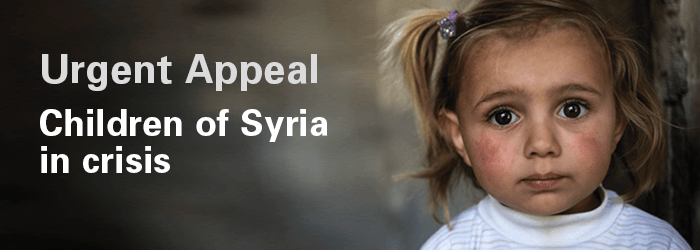Karol Szymanowski
Karol Szymanowski (Born on October 3, 1882 – Died on March 29, 1937 in Lausanne, Switzerland) was a Polish composer who is widely considered one of Poland’s greatest composers. He wrote in a modern, impressionistic style, and much of his music draws on Polish folk themes.
Biography
Karol Szymanowski ’s was born in Timoshovka, Ukraine (the Russian Empire), in 1882. His parents were Stanislaw and Anna Szymanowski . The family was wealthy, land-owning, Catholic, and patriotic towards Poland (then a part of the Russian Empire). Stanislaw had varied intellectual interests and played the piano and cello.
Szymanowski was the cousin of the future famous pianist and teacher Heinrich Neuhaus. He and Neuhaus were both related to Felix Blumenfeld, a future famous composer, pianist, and teacher.
Szymanowski suffered a leg injury early in life, which led him to adopt of a sedentary lifestyle and pushed him in the direction of studying music. Around 1889, Szymanowski began receiving piano lessons from his father. He stopped attending school. Beginning in 1892, Szymanowski attended the music school of Heinrich Neuhaus’s father, Gustav Neuhaus, in Elizavetgrad.
With inspiration and encouragement from both close and distant relatives, Szymanowski began composing at a young age. In 1901, Szymanowski went to Warsaw and studied music privately. He learned harmony from Zawirski and counterpoint and composition from Zygmunt Noskowski.
In 1904, Szymanowski went to Berlin. The next year, he founded the Young Polish Composers’ Publishing Company, which operated until 1912. He also joined the Society for Performing Contemporary Polish Music. Szymanowski returned to Timoshovka in 1914 due to World War 1.
During the war, he studied Islamic and ancient Greek culture. He wrote many pieces during this period in diverse styles, such as Love Songs of Hafiz and Myths. During the chaos of the Communist revolution, Szymanowski’s family lost their home and had to move to Elizavetgrad. Szymanowski put aside his musical acitivites for almost two years and wrote a novel, which was later lost in a fire.
After Poland became independent in 1918, Szymanowski began to produce more conservative music, often with Polish folk themes. He settled in Warsaw in 1919, and also traveled extensively, including visits to Paris, London, and the US. In 1922, he began visiting Zakopane, and it became a favorite destination and a continual source of inspiration for him.
In 1927, Szymanowski became the director of the Warsaw Conservatory. He held this post for four years. He was also invited to be the director of the Cairo Conservatory. He devoted himself to improving education in Poland, a task which absorbed his energies and decreased his creative output. In 1930, he resigned from the Warsaw Conservatory due to tuberculosis. He spent some time in a sanatorium in Davos, Switzerland. Here he wrote The Educational Role of Musical Culture in Society. He continued to compose and enjoyed great success. He spent much of his time abroad, and especially in Switzerland, where he passed away in 1937.
Musical Style and Legacy
Szymanowski is known as one of Poland’s greatest composers after Chopin. His music is often described as modern, lyrical, and impressionistic. Szymanowski drew inspiration from many composers throughout his life, including Chopin, Scriabin, Strauss, Debussy, Ravel, Reger, and others.
In his early music, Szymanowski was greatly influenced by Chopin, as well as German composers such as Strauss. His music sometimes tended towards atonality. During his middle phase, following Poland’s independence in 1918, he produced more conservative music and increasingly based his music on Polish folk themes and styles. In the latter part of his life, Szymanowski returned to a style more resembling his earlier works and less heavily based on folk music.
References
http://www.karolSzymanowski.pl/life/
http://pmc.usc.edu/composer/Szymanowski.html
https://www.allmusic.com/artist/karol-Szymanowski-mn0001191556/biography
https://www.britannica.com/biography/Karol-Szymanowski
http://culture.pl/en/artist/karol-Szymanowski
Article written by me for Lunyr


Reply